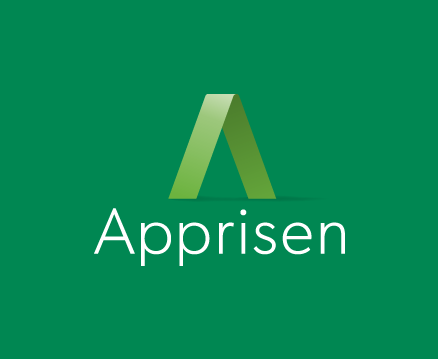by Iris
Like physical health, financial health is fundamental to leading a happy and successful life. Researchers at the Consumer Financial Protection Bureau (CFPB) interviewed people around the country to find out what factors influenced their perception of financial well-being. Based on this research, they’ve created the first-ever definition of financial health directly from the voices of consumers. “Financial Health is the state of being wherein a person can fully meet current and ongoing financial obligations, can feel secure in their financial future, and is able to make choices that allow enjoyment of life.”
Here are steps to manage your debt and improve your financial health.
Assess Your Current Financial Health
An objective measure of your current Financial Health is the CFPB’s Financial Well-Being Questionnaire. The Financial Well-Being Score provides a common metric that allows a comparison of financial well-being across people and over time. Many consumer credit and debt non-profit agencies, such as Apprisen, utilize this tool to help assess a client’s baseline financial health. This is a staple of the Financial Health Plan, which is a comprehensive financial health checkup. In this session a client is provided a personalized plan and tools to help them achieve their financial goals.
Determine Your Current Debt-To-Income Ratio
Another measure of your Financial Health is your debt-to-income ratio. Your debt-to-income ratio is important for several reasons. First, it will give you a sense of whether you have too much debt, or if it is under control. Second, it is a primary factor in your credit score. If you have a high debt-to-income ratio, lenders may charge you a higher interest rate, grant you a lower credit limit, or refuse to lend to you at all.
To determine your debt-to-income ratio take your total debt payments and divide it by your monthly gross income (income before payroll deductions). For example, you have a gross income of $3,000, a mortgage payment of $600, car payment $250, student loan $200, and a minimum credit card payment of $250.
$600 + $250 + $200 + $250
$3000
Your debt-to-income ratio would equal 43%. Most lenders recommend a debt-to-income ratio of 28% or lower. If your ratio is greater than 40%, it is time to take a hard look at ways to reduce your current debt.
Debt Negatively Impacts Physical and Financial Health
The American Psychological Association reports that money is continually one of the top sources of stress in U.S. households, regardless of the economic climate. The burden of debt may sometimes feel overwhelming. It affects more than your finances; it impacts your relationships and is detrimental to your health. Twenty-seven percent of respondents indicated that their marriage was experiencing stress as a result of their financial situation, while 24 percent said their health was suffering.
Select a Method to Manage Your Debt and Improve Your Financial Health
You can’t change past circumstances, but you can be resilient. Resolve to maintain a hopeful outlook. Try looking beyond your current situation and into the future, where you are making progress eliminating your debt. Once you have decided to pay off your debt, it is time to choose a debt repayment strategy.
There are several approaches to repaying debts. One option is to concentrate on repaying the debt with the highest interest rate first. This option, often referred to as the avalanche method, makes the most mathematical sense because the sooner you get rid of high interest loans, the better off you’ll be. However, there’s another popular approach commonly called the debt snowball method. This approach involves paying off your smallest debt first, then moving onto your next-smallest debt. Researchers found this to be a better approach to debt repayment because it helps many borrowers maintain their motivation.
With either approach, you should put extra cash toward debt repayment. Once you pay off the first loan, you can reallocate money you were paying on that loan toward the next one on your list. If you paid off a credit card you made $50 payments on, add that $50 onto payments toward the next loan you intend to pay off.
A third approach leverages the best of both previous methods. The Debt Management Program through a National Foundation for Credit Counseling member agency may help you lower your current interest rates, not just arrange them in rank order.
No matter which method you choose, you won’t regret paying down your debt. Take steps today to manage your debt and improve your financial health.
If you’re experiencing financial hardship due to a crisis, you may have to focus on establishing an emergency budget and a plan that’ll keep debt under control.
Share this article

